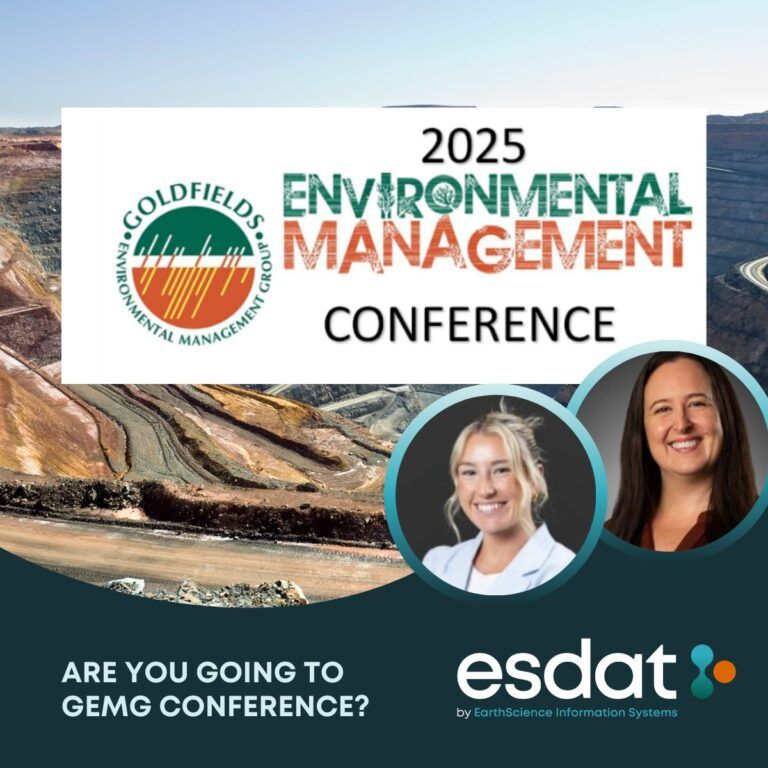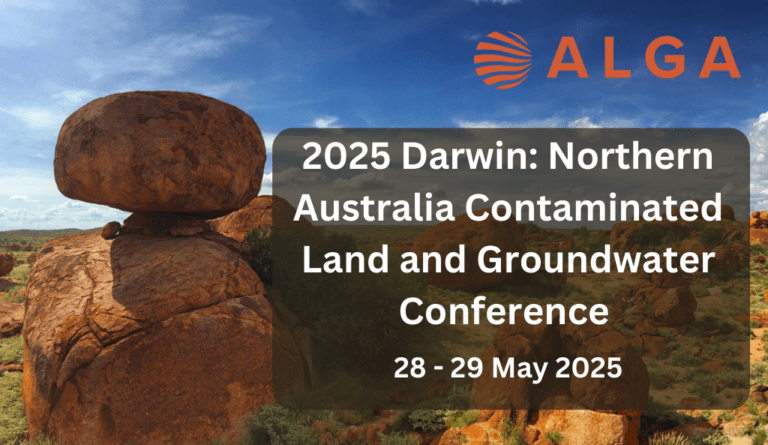Assessment levels for Soil and Sediment in Western Australia were adopted by the Department of Environment and Conservation (DEC) to provide measures which are used in determining whether sites are contaminated. The assessment covers substances which threaten human health and the environment. It is therefore risky if the level of such substances exceeds the assessment levels, implying that it has risk on both the environment and human health. It may require further investigations to determine the level of threat and adoption of appropriate courses of action. The assessment levels provide the foundation for risk assessment process, which entails the creation of a conceptual site model to identify potential contaminants, comparison with assessment levels, and evaluation of possible risks.
The assessment levels for soil consider substances such as chemical spillage, contaminants leach, landfills, and sewage sludges. Soils with such substances cause a threat to the environment and human health through direct and indirect exposure. Exposure may be through ingestion, dermal contact, inhalation, or groundwater. For soil assessment levels, two categories exist; Health Investigation Levels (HILs) and Ecological Investigation Levels (EILs). Assessment levels for sediments cover organic and inorganic substances which are accumulated in water bodies and are a threat to the environment and human health. It could be as a result of spills, drains, and groundwater discharges.
Assessment levels for soil and sediment are used when there is a need to evaluate the threat to human health and the environment. An example is testing whether groundwater is suitable for drinking, cooking, and other domestic uses. It is also used to approve land-use projects such as agriculture (irrigation) and settlement. For instance, settlements may not be allowed in cases where contamination levels of substances exceed the desired assessment levels hence a threat to people and the environment. Additionally, assessment levels are used for the development of corrective measures in contamination sites.
Information on WA Assessment levels for Soil & Sediment can be found on the excellent resource page, environmental standards and guidelines, at esdat.net. Environmental Standards are available for air, water and soil for the United States, Canada, Australia, New Zealand, United Kingdom, Holland and from the World Health Organization.
Reference
Department of Environment and Conservation (2010). Assessment levels for soil, sediment and water. Retrieved from https://www.der.wa.gov.au/images/documents/your-environment/contaminated-sites/guidelines/2009641_-_assessment_levels_for_soil_sediment_and_water_-_web.pdf






